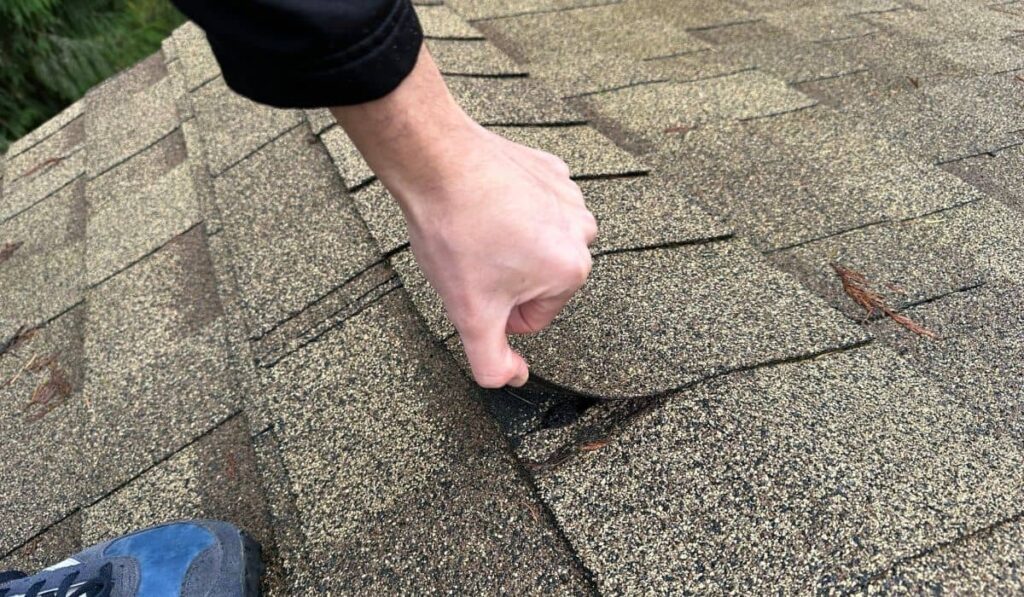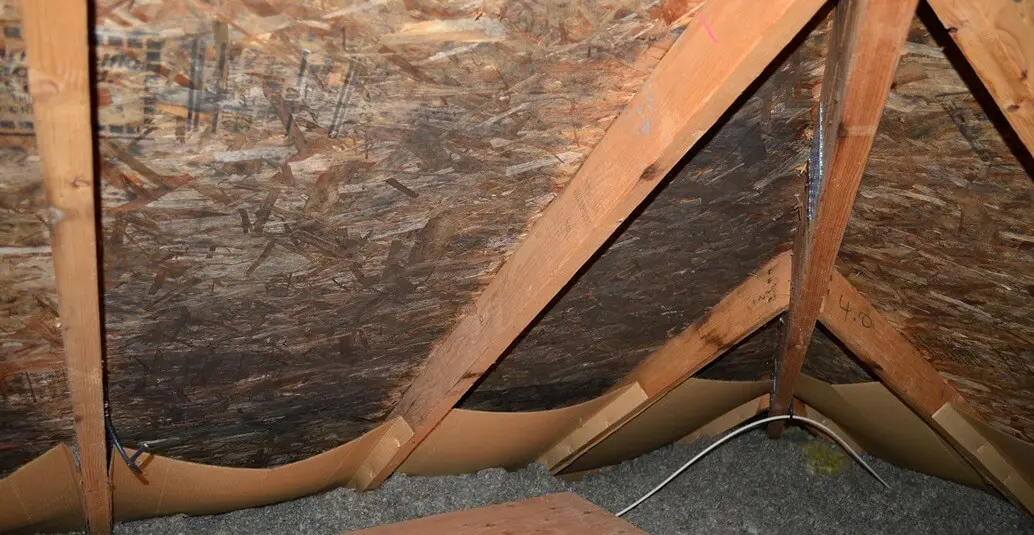7 Hidden Problems With Metal Roof Over Shingles
Installing a metal roof over existing shingles might sound like a smart way to save time and money. After all, it skips the mess of tearing off the old roof, reduces labor costs, and can even speed up the entire project. But what many homeowners don’t realize is that layering a metal roof over shingles comes with its own set of hidden risks, the kind that can show up months or even years later.
If you’re considering this route for your home, it’s critical to understand the potential downsides before making your decision. This guide breaks down 7 major problems that often go unnoticed until it’s too late, along with the steps you can take to avoid them. If you’re wondering Can You Put Metal Roof Over Shingles?, this post will also help you make that decision confidently.
1. Concealed Damage Beneath the Shingles
One of the biggest concerns with installing metal roofing over shingles is what you don’t see. If your existing roof has:
- Rotting decking
- Moisture damage
- Mold or mildew
Then, covering it with metal panels can trap those problems underneath. Without a full tear-off, there’s no way to inspect the condition of your roof decking thoroughly, and hidden rot can slowly eat away at your home’s structure.
Solution: Always schedule a full roof inspection before installing. If any soft spots, leaks, or mold are detected, address them before layering metal.

2. Trapped Heat and Moisture Between Layers
Installing a metal roof directly over shingles can create a barrier where airflow is restricted. This often leads to:
- Condensation buildup
- Moisture pockets
- Mildew or rust over time
In warmer or more humid climates, the risk increases dramatically. Moisture trapped between the shingles and metal can cause faster deterioration and affect indoor air quality.
Solution: Use furring strips or install a ventilated underlayment to allow airflow and reduce condensation risks.
Curious about energy efficiency? Our guide on Are Metal Roofs More Expensive Than Shingles? explores both costs and long-term savings.
3. Structural Strain on Older Homes
Metal roofing may be lightweight, but layering it on top of aging shingles still adds extra stress. On older homes, this can:
- Strain weakened rafters
- Expose sagging or soft decking
- Reduce your roof’s overall load-bearing capacity
This structural strain may not show up immediately, but over time, it can lead to warping or sagging, especially under snow or water buildup.
Solution: Have a licensed contractor assess the structural integrity of your roof before any installation begins.
4. Reduced Lifespan of the Metal Roof
What many homeowners overlook is how the existing shingles underneath can affect the lifespan of the metal roof itself.
- Uneven surfaces beneath the panels can wear the underside
- Heat and moisture buildup can degrade fasteners and coatings
- Poor installation may void manufacturer warranties
Solution: Invest in proper underlayment and ensure the surface is even and dry before installing the panels.
Learn more about installation techniques, including How to Overlap Metal Roofing Lengthwise, for better durability and waterproofing.
5. Attic Ventilation Problems
Metal roofs require proper ventilation to perform well. But if your home has outdated or limited venting, as is common with older shingle installations, you may run into:
- Hot attic temperatures
- Increased energy bills
- Moisture buildup leading to wood rot
Solution: Improve airflow with ridge vents, soffit vents, or gable vents before installing metal roofing.

6. Complications With Warranty and Insurance
Most roofing manufacturers have clear installation guidelines. If you install their product over shingles without following proper preparation, you may:
- Void your manufacturer’s warranty
- Get limited or no coverage for future problems
- Run into issues with home insurance claims
Insurance adjusters may also view layered roofs as a red flag during inspections, especially when switching providers.
Solution: Check the manufacturer’s instructions and confirm with your insurance company before proceeding.
Check out official installation guidelines from the Metal Roofing Alliance, a trusted industry resource.
7. Lower Resale Appeal and Inspection Red Flags
When it comes time to sell your home, a layered roof system might raise concerns for:
- Home buyers
- Inspectors
- Appraisers
Many buyers prefer a full roof replacement and may see metal-over-shingle setups as a shortcut, even if it was done properly. This could lead to price negotiations or even failed inspections.
Solution: If you plan to sell in the next 5–10 years, weigh the long-term resale impact before choosing a metal-over-shingles installation.
How to Avoid These Issues: Smart Installation Tips
To make sure you get the benefits of a metal roof without the problems, follow these best practices:
- Inspect and reinforce roof decking before installation
- Use furring strips to create ventilation space
- Install a breathable underlayment to block moisture
- Upgrade your attic ventilation system
- Hire a licensed, experienced roofer with metal roofing expertise
Professional Tip: Hire a Roofer Who Specializes in Metal Roofs
Not all contractors are skilled in metal roofing installations, especially those that go over existing shingles. Poorly installed panels can leak, warp, or fail long before their time.
Make sure your roofer:
- Is familiar with local building codes
- Can identify hidden roof damage
- Understand manufacturer warranty terms
- Has experience with ventilation and moisture control
Not sure which type of metal roofing is best for your home? See our detailed comparison: Standing Seam Vs Corrugated Metal Roofing: Key Differences.
FAQs
Is it bad to put a metal roof over shingles?
Yes, it can be bad if not done correctly. Installing a metal roof over shingles may trap moisture, hide underlying damage like rotting decking, and reduce ventilation. It can also void manufacturer warranties and cause long-term structural issues. Always inspect the existing roof before layering, and use proper underlayment and ventilation systems to avoid future problems.
Is it okay to put a metal roof over wet shingles?
No, never install a metal roof over wet shingles. Moisture trapped between the layers can cause mold, wood rot, and corrosion on the metal panels. This can lead to the premature failure of your new roof. Always ensure the shingles are completely dry and damage-free before proceeding with installation.
Is it necessary to remove shingles before installing a metal roof?
While not always required, removing shingles is often recommended. A full tear-off allows proper inspection of the roof deck, better ventilation, and ensures a smoother surface for the metal panels. Skipping this step may save money upfront, but can lead to costly repairs down the line.
What are the two biggest concerns about a metal roof?
The two biggest concerns are trapped moisture and poor installation. Moisture can lead to rust, mold, and structural damage, while poor installation can cause leaks, panel warping, and void warranties. Hiring an experienced metal roofer and using proper ventilation and underlayment is key to avoiding these problems.
Why does my metal roof leak in heavy rain?
Metal roofs leak in heavy rain due to improper flashing, loose fasteners, or poor sealing at seams. Over time, temperature changes can loosen screws or warp panels, allowing water to penetrate. Leaks also occur when installation shortcuts are taken, especially when metal is installed over old or uneven shingles.
Final Thoughts
While installing a metal roof over shingles can seem convenient and cost-effective, the reality is that it comes with serious risks if not handled properly. Hidden moisture, structural stress, ventilation issues, and warranty concerns can all lead to bigger problems and higher costs down the road.
If you’re considering this approach, make sure you understand the hidden problems first, take the right precautions, and work with a team that knows how to do it right.
Want Peace of Mind?
Our roofing specialists can inspect your current roof, evaluate your structure, and provide a tailored solution, whether you choose full replacement or a metal-over-shingle install. Contact us today at 419.475.9600 for expert guidance backed by years of hands-on roofing experience.











